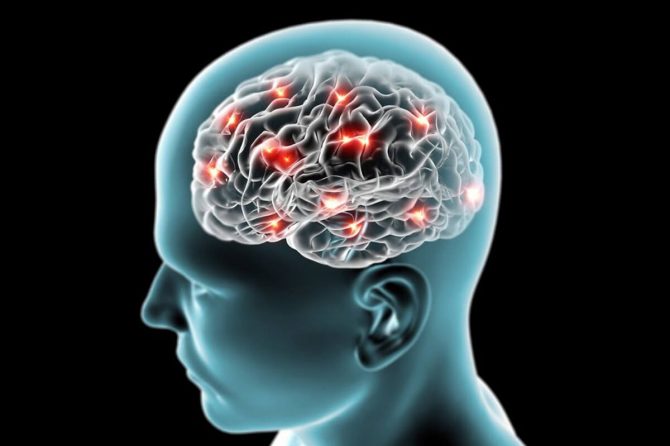
Convulsions vs Seizures
What is the difference between a seizure and a convulsion?
Many people often use ‘convulsions’ and ‘seizures’ interchangeably without realizing that both are different conditions.
A convulsion causes rigidity and uncontrolled muscle spasms that typically last a few minutes. Convulsions can also occur during epileptic seizures but many experience convulsions even if they do not have epilepsy. Causes of convulsions include fevers, low blood sugar or tetanus.
On the other hand, a seizure is an electrical disturbance in the brain that can cause changes in behavior, movement and levels of consciousness. Seizures can be caused by many conditions or illnesses but can be controlled with medication and management. Licensed neurologists at GNC Dubai are equipped to help patients manage their seizures so that they have the best quality of life.
What causes seizures?
Seizures can occur due to a number of pre-existing health conditions. When there’s a disruption of the nerve cells sending and receiving electrical impulses, this typically leads to seizures. Common causes or triggers include:
- Alcohol withdrawal or misuse
- Meningitis
- Lack of sleep
- Flashing lights
- Brain injuries or defects
- Epilepsy
- Fever
- Kidney or liver failure
- Strokes
- Brain tumor
- Medication such as pain relievers or antidepressants
- High blood pressure
What causes convulsions?
A convulsion occurs when the nerve cell activity in the brain is disrupted and causes involuntary muscle spasms or irregular movements of the body. Convulsions can be associated with different conditions, including epilepsy, fever, head injuries, infections in the brain or even certain types of medication.
Epilepsy
Epilepsy is a common condition that causes seizures, which in turn can cause convulsions. These are most commonly referred to as tonic-clonic seizures where you tend to experience muscles stiffening and uncontrollable jerking movements.
Other types of epileptic convulsions include:
- Myoclonic seizures: sporadic jerking on both sides of the body
- Tonic seizures: the body experiences only stiffening sensations
- Clonic seizures: the body experiences jerking and spasms
- Atonic seizures: these usually start with a myoclonic seizure before the body loses muscle control
Febrile Convulsions
These convulsions are caused by fevers and occur mainly in infants and children (ages 6 months to 5 years) who experience a sudden change in body temperature. Febrile convulsions can last up to 5 minutes and typically do not have a lasting impact on the child. If the convulsion continues for longer than 5 minutes, it is highly recommended that you seek immediate professional help.
Comparing symptoms of seizures and convulsions
While seizures and convulsions may have similar symptoms, they will differ depending on the severity of the situation.
| Seizures | Convulsions |
| Sudden feelings of fear, anxiety, nausea or dizziness | Lack of awareness |
| Change in vision | Loss of consciousness |
| Jerking movements of the arms and legs | Eyes rolling to the back of the head |
| Headaches | Sudden changes in breathing |
| Out-of-body sensations | Stiffening of the arms, legs or entire body |
| Loss of consciousness | Involuntary jerking movements in the arms and legs |
| Uncontrollable muscle spasms | Changes in breathing |
| Drooling or frothing at the mouth | Loss of control over movements |
| Suddenly falling | Muscle spasms |
| Biting your tongue | Drooling |
| Clenching teeth | |
| Rapid eye movements | |
| Loss of bladder or bowel control |

